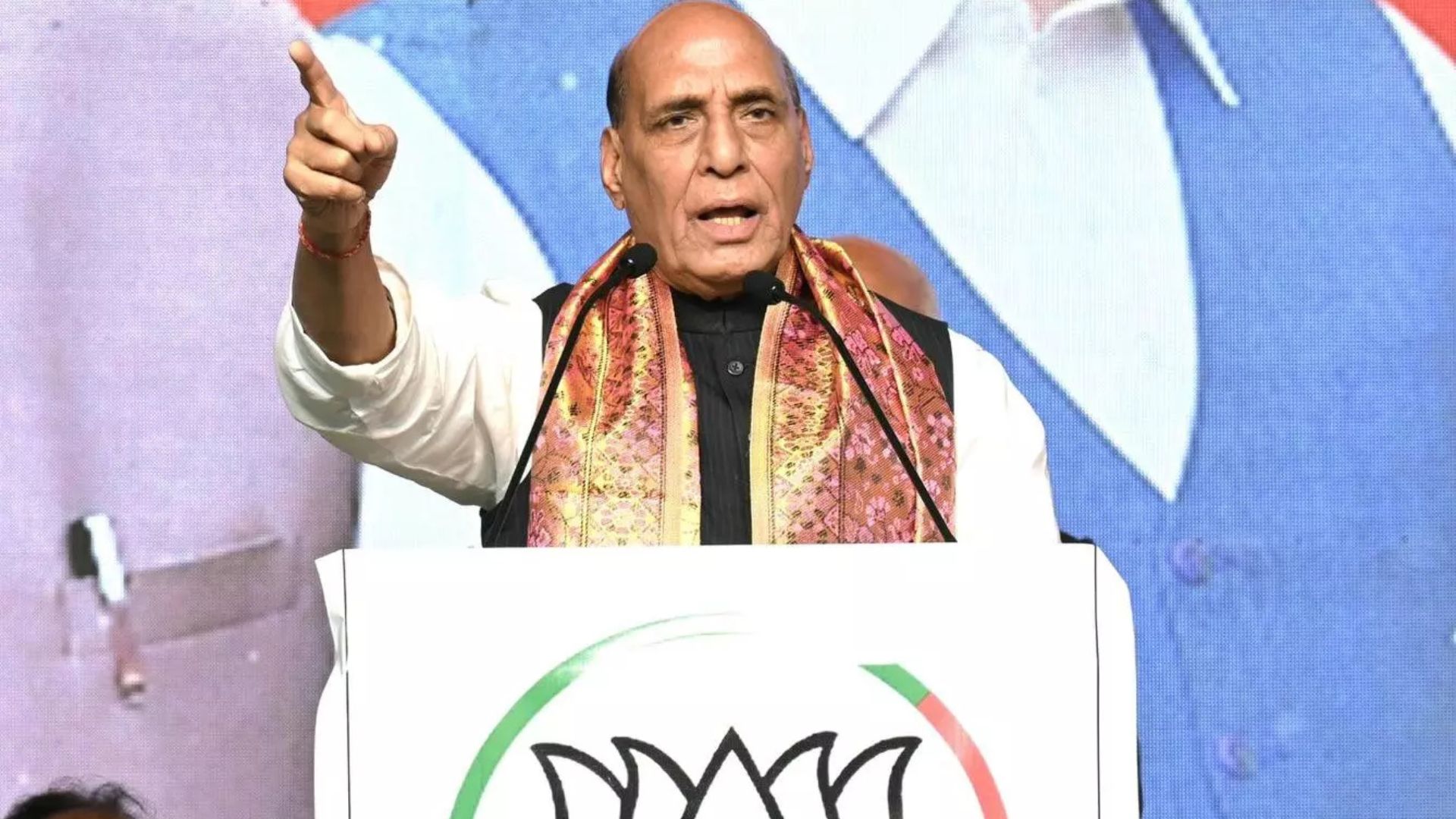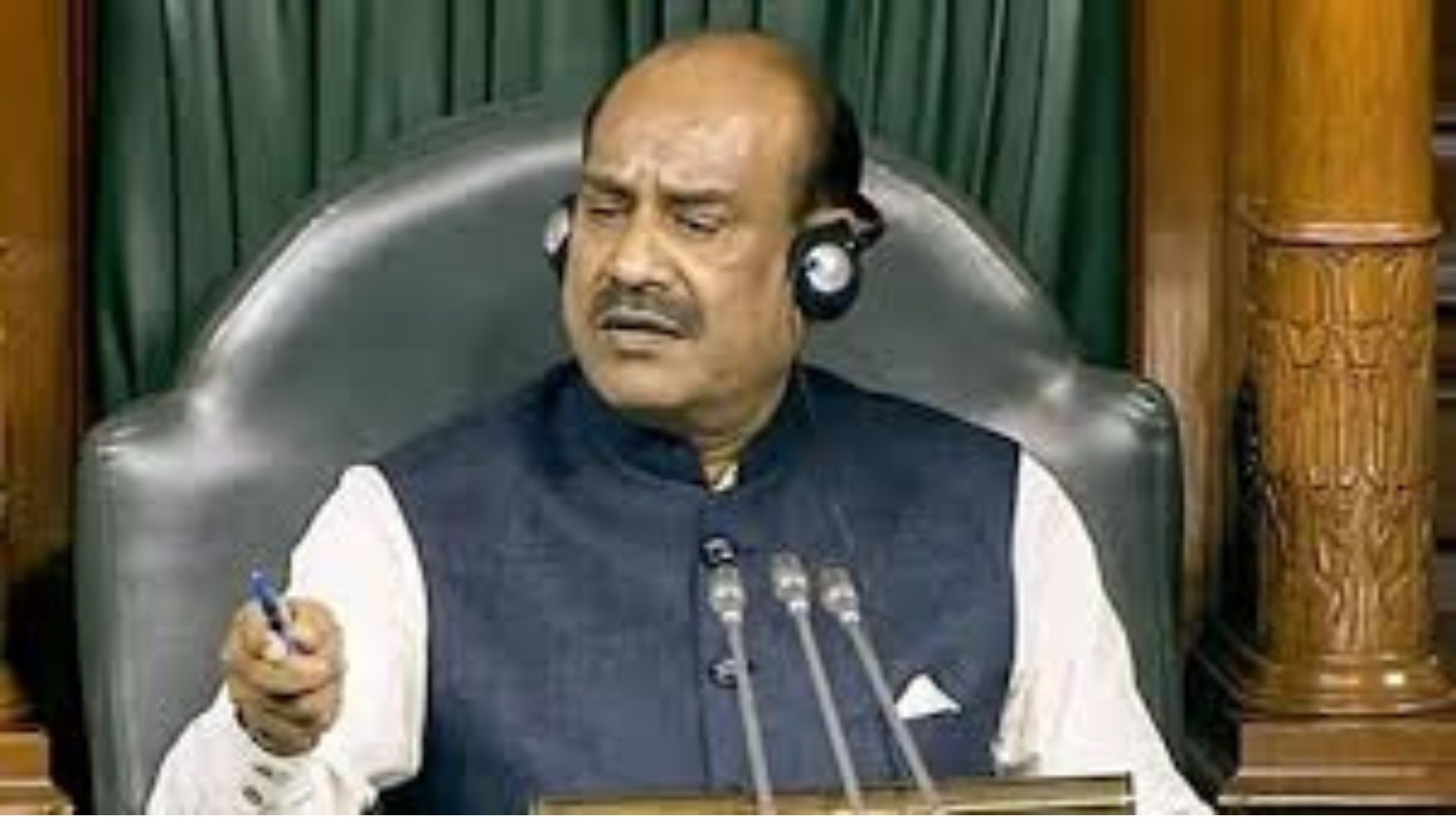
Pandemic, inflation, and war have taken not only a toll on the global economy, but also the world economic order. The latest conflict between Israel and Hamas has added another uncertainty in the geopolitical tensions. Oil prices remain high and volatile in recent months due to the conflict in the Middle East, OPEC plus supply curbs as well as hazy global demand signals. The Russia’s relatively advantageous position appears to be faded to some extent amid the expensive Urals grade of the country. In spite of the G7 price cap of $60 per barrel, almost all Russian oil is now being sold at higher prices. The share of Russian oil in Indian crude imports has dropped to 34% in Oct’23 from 39% in Sept’23. On the other hand, combined supplies from Iraq and Saudi Arabia exceeded Russian deliveries For instance, India’s crude imports from Saudi Arabia has increased to 871000 barrels/day in Oct’23 from 484000 barrels/day the previous month.
A positive news is that the Central Bank of the US, namely the Federal Reserve (the Fed) has kept its major federal funds rate (FFR) unchanged at the range of 5.25%-5.50%. The US economic activity remains strong in the third quarter. Total nonfarm payroll employment rose by 336,000 in Sept’23, and the unemployment rate was unchanged at 3.8 percent. Gross domestic product (GDP) expanded at a strong 4.9% annualized rate in the third quarter. In Sept’23, the Consumer Price Index for All Urban Consumers increased 0.4 percent and rose 3.7 percent over the last 12 months. Despite the increase in US treasury yields, Fed sticks to its approach to reducing the size of its bond holdings. Nevertheless, the US treasury yields have shown some softening trends after the Fed’s stance on pause, though according to Fed the central bank is yet to make decision for its Decemebr’23 policy meeting. The possibility of rate cut is still remote and would depend on the inflationary situations, as the Fed’s sole objective is to bring down the inflation rate at 2% level as mandated.
There is a concern regarding the Bank of Japan’s (BOJ) yield curve control policy (YCC), as experts fear that disorderly exit may impact the bond market adversely. The BOJ’s yield curve control policy (YCC) was designed to maintain the yield on 10-year Japanese government bonds (JGBs) at around 0%. It involved the BOJ purchasing JGBs to uphold this target, thereby ensuring stable and low long-term interest rates in the Japanese economy. a recent development has shifted the approach, with the BOJ changing this upper cap to more of a reference rate. The Japanese yen faced a downward pressure amid interest differential in favour of US treasury and other EM markets, though yen has gained marginally after BOJ’s announcement of possible currency market intervention as well as marginal softening of US 10-yr treasury yield.
The Bank of England (BOE)’s Monetary Policy Committee (MPC) voted 6-3 to maintain the major rate at 5.25%. Governor Andrew Bailey and team agreed that a “restrictive” policy stance to stay for an extended time to reduce UK’s high inflation. The possibility of a rate cut by the second half of the next year seems remote. Some members dissented citing tight labour market conditions and still increasing real household incomes, voted for a 25bps rate hike at BoE’s meeting. The rate transmissions remain slow, and it seems tight monetary policy would stay as of now. As reported by Reuters, the Bank of England looks set to hold borrowing costs at a 15-year high and signal that it does not plan to cut them anytime soon as it remains locked in a battle against the most elevated inflation rate among the world’s rich economies.
Amid such adverse geopolitical situations and fight with inflation by the central banks of different countries, Indian economy shows resilience. The IMF, in its October 2023 issue of the World Economic Outlook, has highlighted India’s position as the global growth leader among major economies with a medium-term growth prospect of 6.3%. In its October 2023 monetary policy review, the RBI has continued to maintain its earlier GDP growth projection of 6.5% for FY24 for India. In terms of quarterly growth prospects, RBI’s projections indicate growth rates of 6.5% in 2Q, 6% in 3Q, and 5.7% in 4Q of FY24. The RBI has retained the repo rate at 6.5% and its CPI inflation forecast at 5.4% for FY24. The latest data indicates an easing of CPI inflation to 5.0% in September 2023 from 6.8% in August 2023. Core CPI inflation also eased for the third successive month to 4.6% in September 2023.
India’s fiscal deficit at the end-Sept’23 stood at INR 7.02 lakh crore, 39.3% as Budget Estimate (BE), increased from 37.3% of the corresponding period of the last year. It’s interesting to observe that while tax revenue remains at INR 11.60 lakh crore compared to the BE of 58.4% last year [14.66% increase from (Apr-Sept’22)], the non-tax revenue remains healthy at INR 23.67 lakh crore [50.24% increase from the previous year], notably it increased substantially as a percentage of BE compared to the corresponding period of last year, thanks to the RBI approval of INR 87,416 crore transfer to the GoI. The capital expenditure (capex) has increased as per cent of BE at 49% compared to last year’s 45.7% indicating Central government’s continued thrust on infrastructure especially railways and roads & highways. The growth of the capex compared to (Apr-Sept)’22 to (Apr-Sept)’23 is 43.09%, which is quite impressive. There are other big positive developments have taken place for India as well, e.g. CLSA (the brokerage owned by China’s CITIC securities) has increased its India exposure with a favourable macroeconomic outlook, and the inclusion of government bonds in the JP Morgan’s emerging market debt index which is likely to channelise billions of dollars into G-Sec segment thus streamlining the borrowing costs.
Vipin Malik, Chairman & Mentor, Infomerics Ratings. Sankhanath Bandyopadhyay, Economist, Infomerics Ratings.















